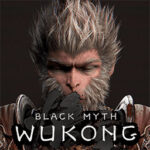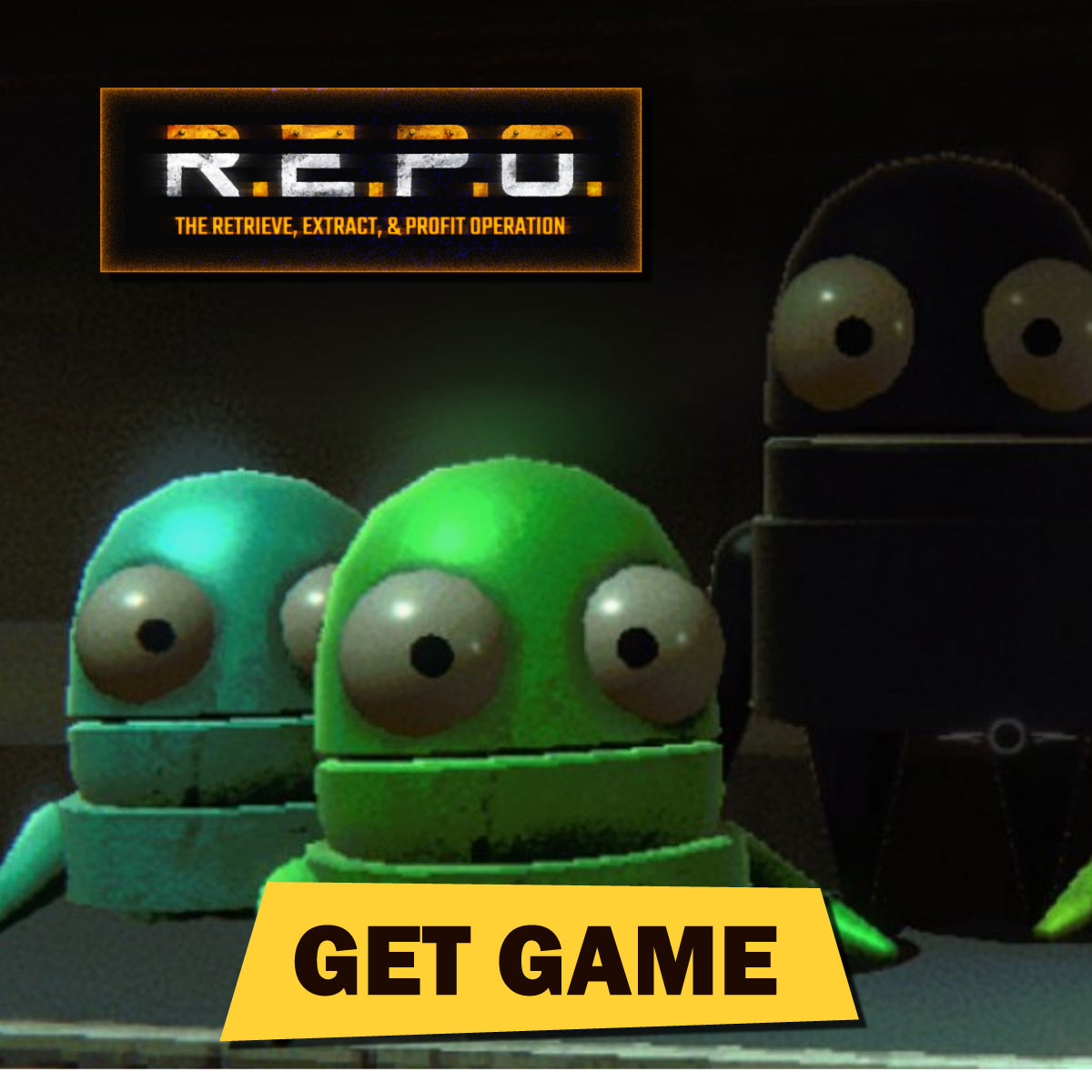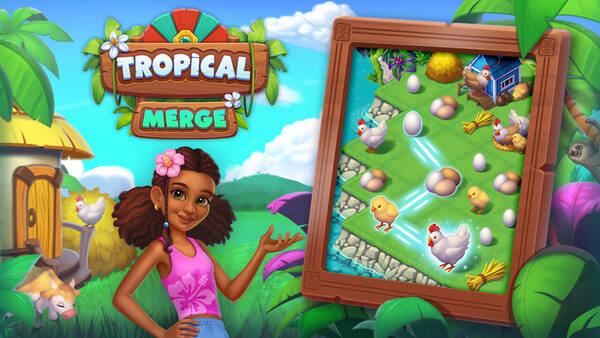Since its release in 2017, Fortnite has transformed from a humble survival-building game into one of the most culturally influential and successful battle royale titles in history. Developed by Epic Games, Fortnite revolutionized the gaming industry with its fast-paced gameplay, seasonal content, collaborations with pop culture icons, and a unique blend of shooting and building mechanics. But Fortnite is more than just a game—it’s a global platform for entertainment, creativity, and competition.
This comprehensive 2000+ word article explores Fortnite’s journey from launch to present day, diving deep into its gameplay systems, business model, cultural impact, and more. With 10 structured sections, we analyze Fortnite from every angle to understand what makes it a modern gaming titan.
1. The Origins of Fortnite: From Save the World to Battle Royale
Originally conceived as a cooperative survival game titled Fortnite: Save the World, the project began development in 2011. It featured players building structures to fend off waves of zombie-like creatures called Husks.
The Shift to Battle Royale
Inspired by the rising popularity of the battle royale genre (especially PUBG), Epic Games released a free-to-play Battle Royale mode in September 2017. This mode rapidly outshined Save the World, attracting millions of players within weeks due to its accessibility, cartoonish visuals, and innovative mechanics.
Early Success
Fortnite’s early battle royale success was built on a foundation of frequent updates, quirky cosmetic items, and its signature building mechanic, which distinguished it from other shooters. By 2018, it was a global sensation, appealing to players of all ages.
2. Core Gameplay Mechanics: Shooting Meets Building
Fortnite Battle Royale drops 100 players onto an island to fight for survival. While the base premise resembles other games in the genre, Fortnite’s building mechanic sets it apart.
Building and Editing Structures
Players can gather materials (wood, brick, metal) and use them to build structures on the fly—walls, ramps, floors, and roofs. This allows for dynamic cover, vertical combat, and base-building, creating a meta of both shooting and construction.
Weapons and Loadouts
A wide variety of guns, melee weapons, and throwable items are available. Fortnite also includes rarity tiers—common, rare, epic, legendary—that affect weapon stats. Loadout customization is crucial to winning.
3. Seasons and Chapters: A Living Game World
One of Fortnite’s most celebrated features is its evolving game world, structured around Chapters and Seasons. Each season introduces changes to the map, storyline developments, new items, and events.
Chapter Evolution
-
Chapter 1: Introduced the core gameplay and slowly evolved the map with subtle changes.
-
Chapter 2: Brought a graphical overhaul, water physics, new locations, and mechanics like fishing.
-
Chapter 3 and Beyond: Introduced Zero Build mode, significant storyline arcs, and high-profile crossovers.
Seasonal Content
Each season typically lasts 10–12 weeks and brings:
-
A Battle Pass with skins and cosmetics
-
New weapons and items
-
Limited-time events and collaborations
-
Map alterations tied to the storyline
4. Visual Style and Sound Design
Fortnite’s unique cartoonish aesthetic differentiates it from more realistic shooters like Call of Duty or Apex Legends.
Art Style
Its bright colors, stylized characters, and exaggerated animations give it mass appeal, especially among younger audiences. The style also allows for whimsical skins like bananas, cats, or superheroes.
Sound Design
Sound is vital in Fortnite. Players rely on footsteps, gunfire, and environmental cues to detect enemy locations. Visual indicators were added for accessibility, enhancing gameplay for hearing-impaired players.
5. Collaborations and Cultural Crossover Events
Fortnite has become a pop culture nexus, frequently hosting collaborations with:
-
Marvel, DC, Star Wars
-
Travis Scott, Ariana Grande, Eminem
-
Naruto, Dragon Ball, and other anime IPs
-
Nike, Moncler, LEGO, and more
Iconic In-Game Events
Fortnite has pioneered massive in-game live events, such as:
-
Travis Scott’s Astronomical concert (12 million live viewers)
-
The Black Hole Event, ending Chapter 1
-
Galactus Invasion, a Marvel-themed finale
These events blurred the line between games and live entertainment, redefining virtual experiences.
6. Creative Mode and UEFN (Unreal Editor for Fortnite)
In 2018, Epic Games launched Creative Mode, allowing players to build their own worlds, games, and experiences.
Creative Possibilities
Players can make:
-
Race tracks
-
Deathmatches
-
Puzzle maps
-
Obstacle courses
-
Full-blown mini-games
UEFN (Unreal Editor for Fortnite)
In 2023, Epic expanded Creative with UEFN, offering professional-level tools for custom content creation, monetization, and integration with Fortnite’s core engine.
7. Competitive Play and Fortnite Esports
Fortnite has a massive competitive scene, with solo and team tournaments hosted by Epic and third-party organizers.
Key Competitive Events
-
Fortnite World Cup 2019: $30 million prize pool
-
FNCS (Fortnite Champion Series): Ongoing seasonal competition
-
Zero Build Tournaments: For players who prefer gunplay over building
Skill Gap and Meta
Building skill remains a high barrier for competitive players. Pro-level building/editing and game sense are essential to compete at the highest level. Zero Build mode has opened the scene to a wider audience.
8. Monetization: Cosmetics, V-Bucks, and the Battle Pass
Fortnite is free-to-play but generates billions through in-game purchases. Its business model is considered both ethical and incredibly profitable.
V-Bucks and Cosmetics
-
V-Bucks: Premium currency for buying items
-
Item Shop: Rotating skins, emotes, and accessories
-
Battle Pass: Seasonal unlockable content with free and paid tiers
Fair Monetization
Fortnite avoids pay-to-win mechanics. All purchases are cosmetic, ensuring competitive integrity while still driving revenue.
Conclusion
Fortnite remains one of the most important and influential games of the 21st century. It reinvented the battle royale genre, created a new form of digital entertainment, and showed what’s possible when a game becomes a platform. Despite its ups and downs, Fortnite continues to innovate, evolve, and entertain millions of players worldwide.
Whether you’re diving in for the first time or returning for a new chapter, Fortnite guarantees a rich, energetic, and ever-changing experience. Its blend of gameplay depth, creative expression, and cultural relevance ensures it will remain a dominant force for years to come.































